Affiliate links on Android Authority may earn us a commission. Learn more.
A day with the Qualcomm Snapdragon 845

Qualcomm just concluded its 5G day in San Diego, California, where it showed off a number of new demos showcasing what the new Snapdragon 845 can do. From audio to VR, home automation, and camera tech, there were many interesting use cases showing off why the new chip is so powerful.
We were able to spend a full day with the Snapdragon 845 in a reference device, putting it through its paces with graphic-intensive games, virtual reality experiences, and more. We have a separate article detailing the Snapdragon 845’s speed with benchmarks, so head here if you’d like the nitty-gritty details. However, benchmark testing isn’t the only way to gauge how a device really performs, so this article will explain what it’s really like to live with the Snapdragon 845 for a day.
Gaming
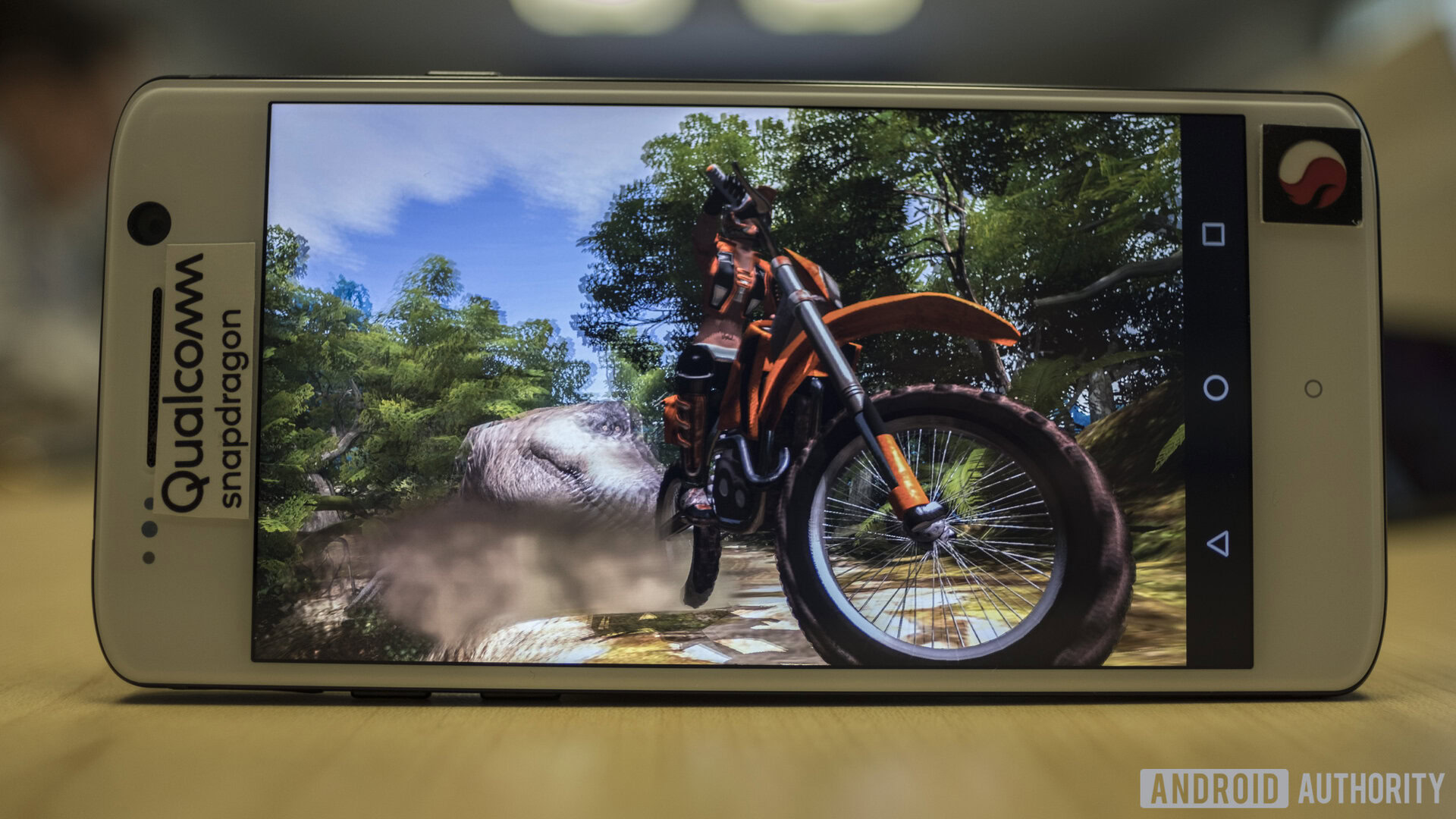
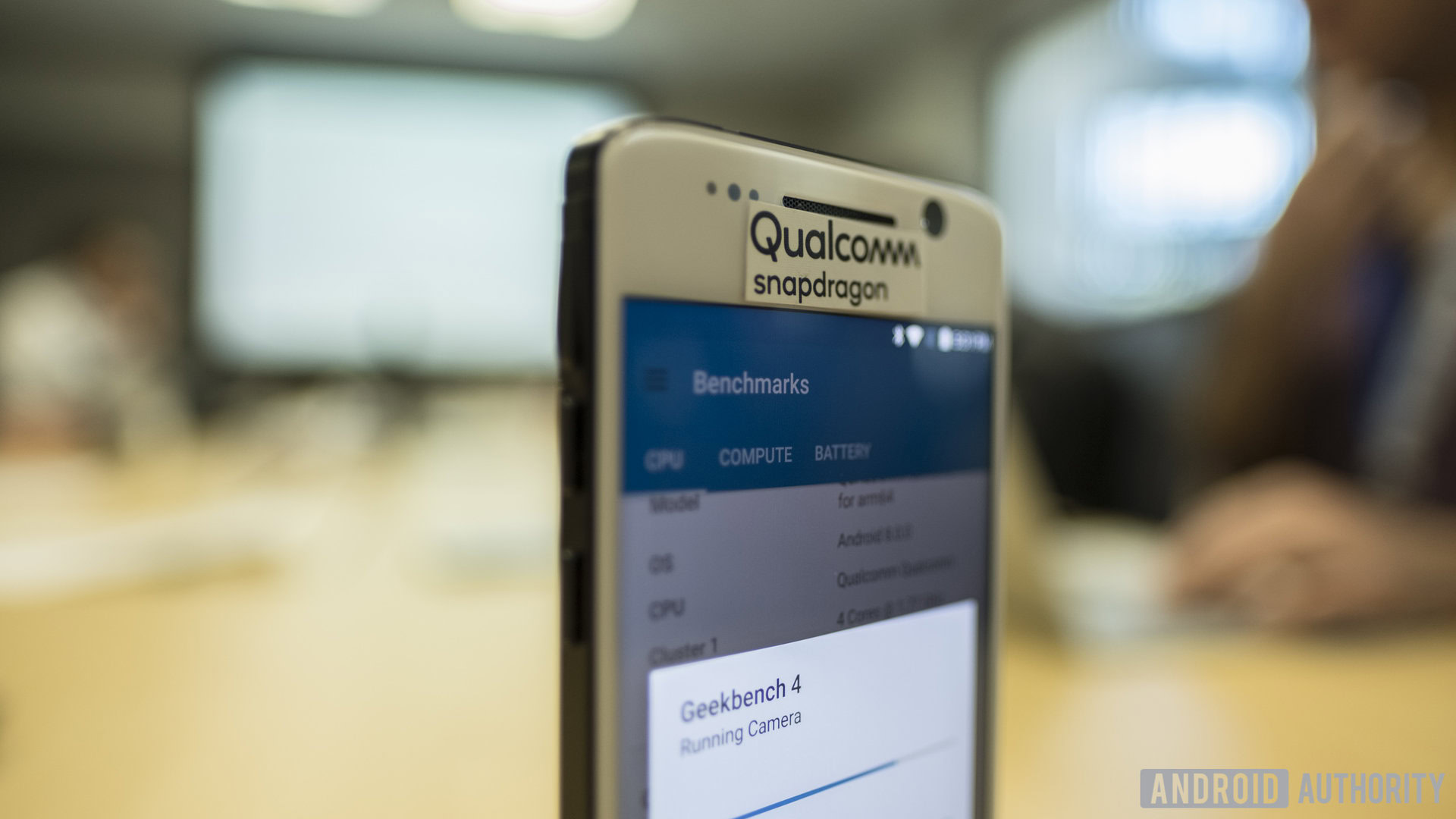
A great Wi-Fi connection (we were on the Qualcomm campus, after all) led us to the Google Play Store, where we installed three games on our reference device: Shadow Fight 3, Puzzle Fighter, and AMAZING KATAMARI DAMACY. All of these graphically-intensive games were released fairly recently, and require a fair amount of processing power. We played the three titles for about 30 minutes to see how the chip held up.
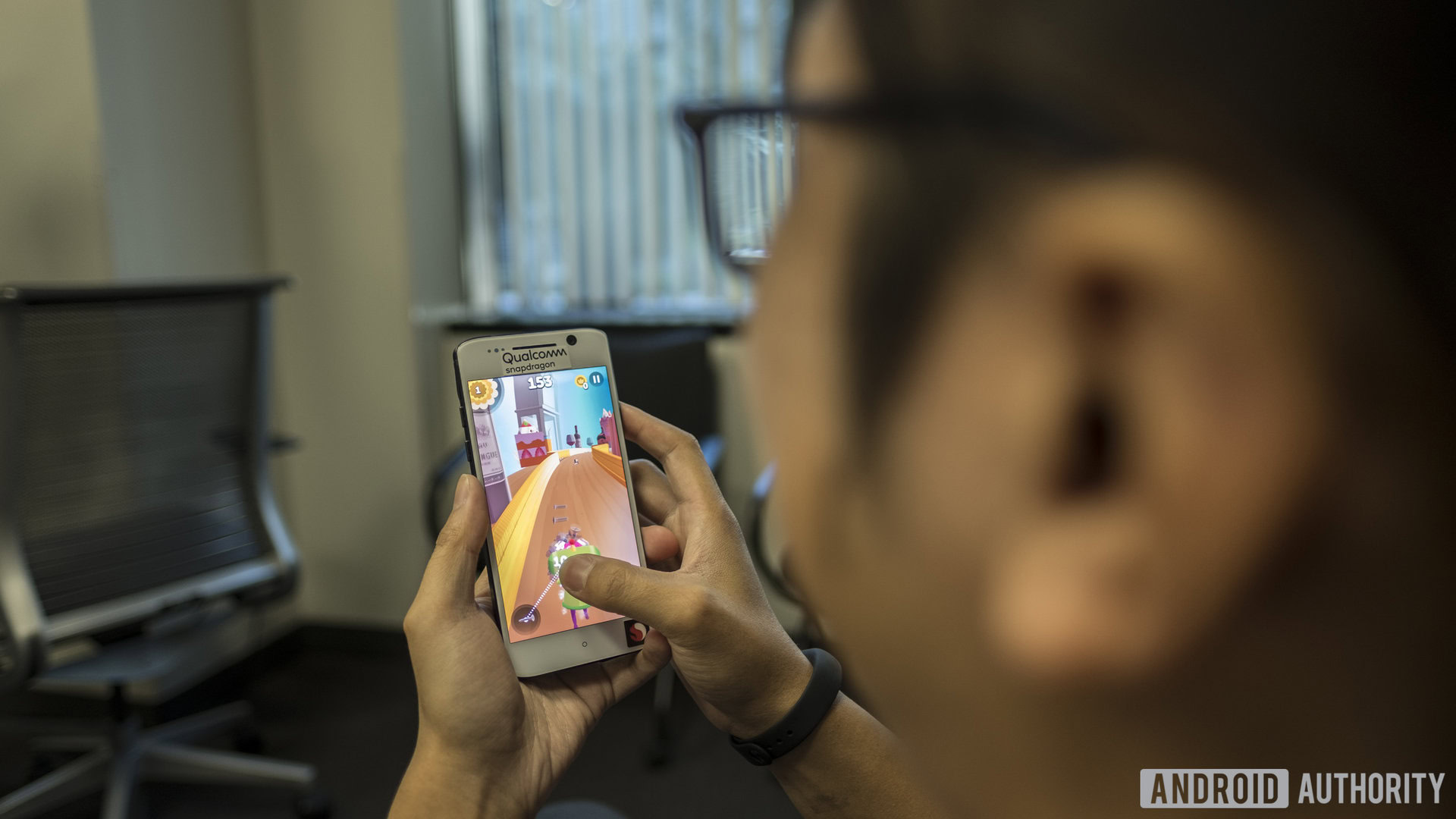
Most phones powered by the Snapdragon 835 are able to run these games well, so it’s no surprise to see the 845 handle all three titles wonderfully. During our benchmark testing, we noticed Qualcomm’s reference device would get quite warm, but that wasn’t the case with our gaming sessions.
The reference device sports 6 GB of RAM and a 5.5-inch Full HD display — a combination of specs we expect to see often in 2018 smartphones. Because of the hefty amount of RAM and 1080p screen, devices powered by the 845 should have no problems multitasking or gaming on a regular basis.
Smart speakers
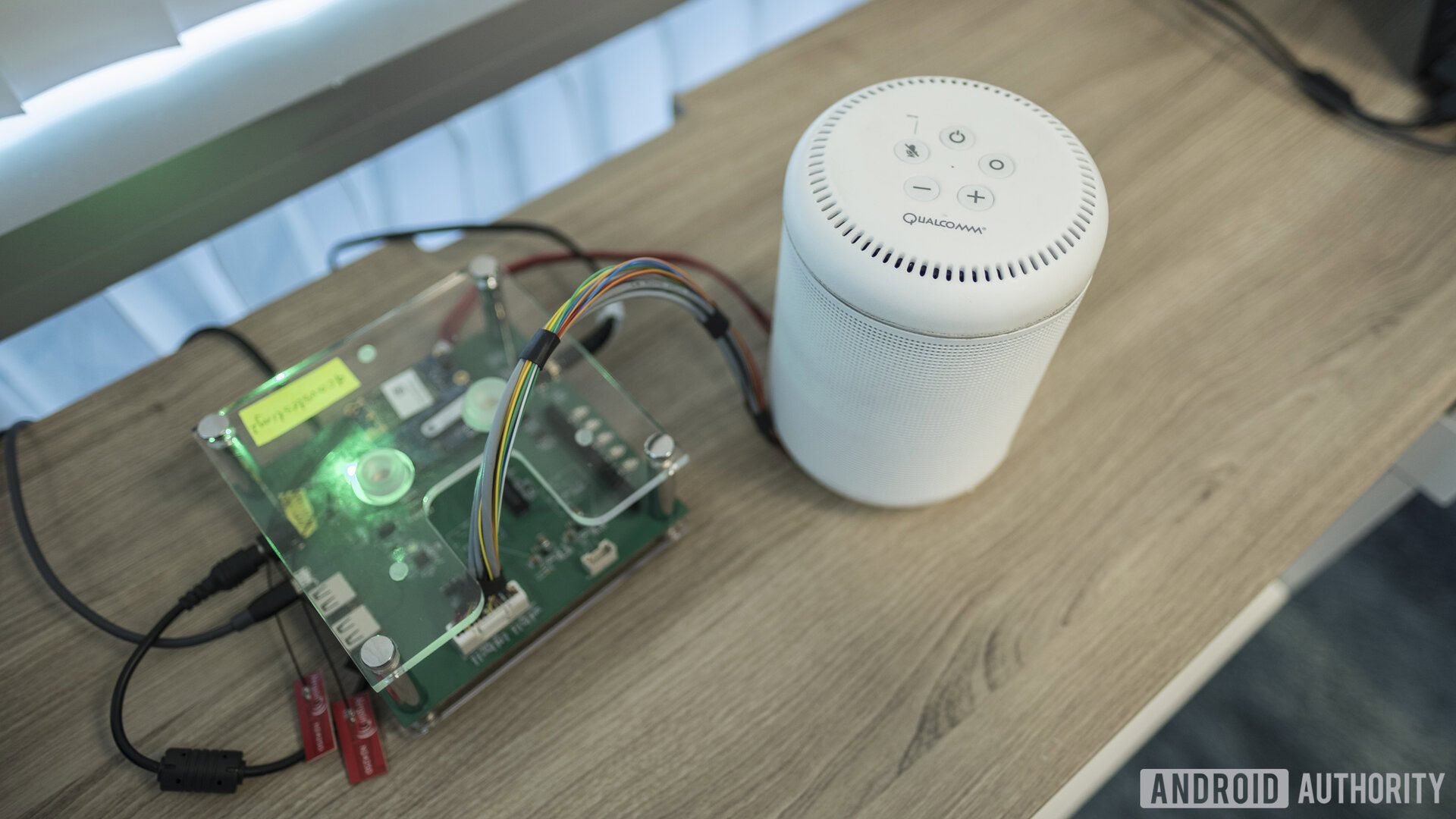
Qualcomm took us into a room to demonstrate a prototype smart speaker called the “Qualcomm Audio Platform 6-mic Dev Kit.” This board is made to go into smart speaker systems similar to the Google Home and Amazon Echo, and has been tuned to recognize voices much better than solutions currently on the market. It has a 6-mic array surrounding the system with far-field technology built in, and can hear different voices even through loud circumstances like when it is already playing music.
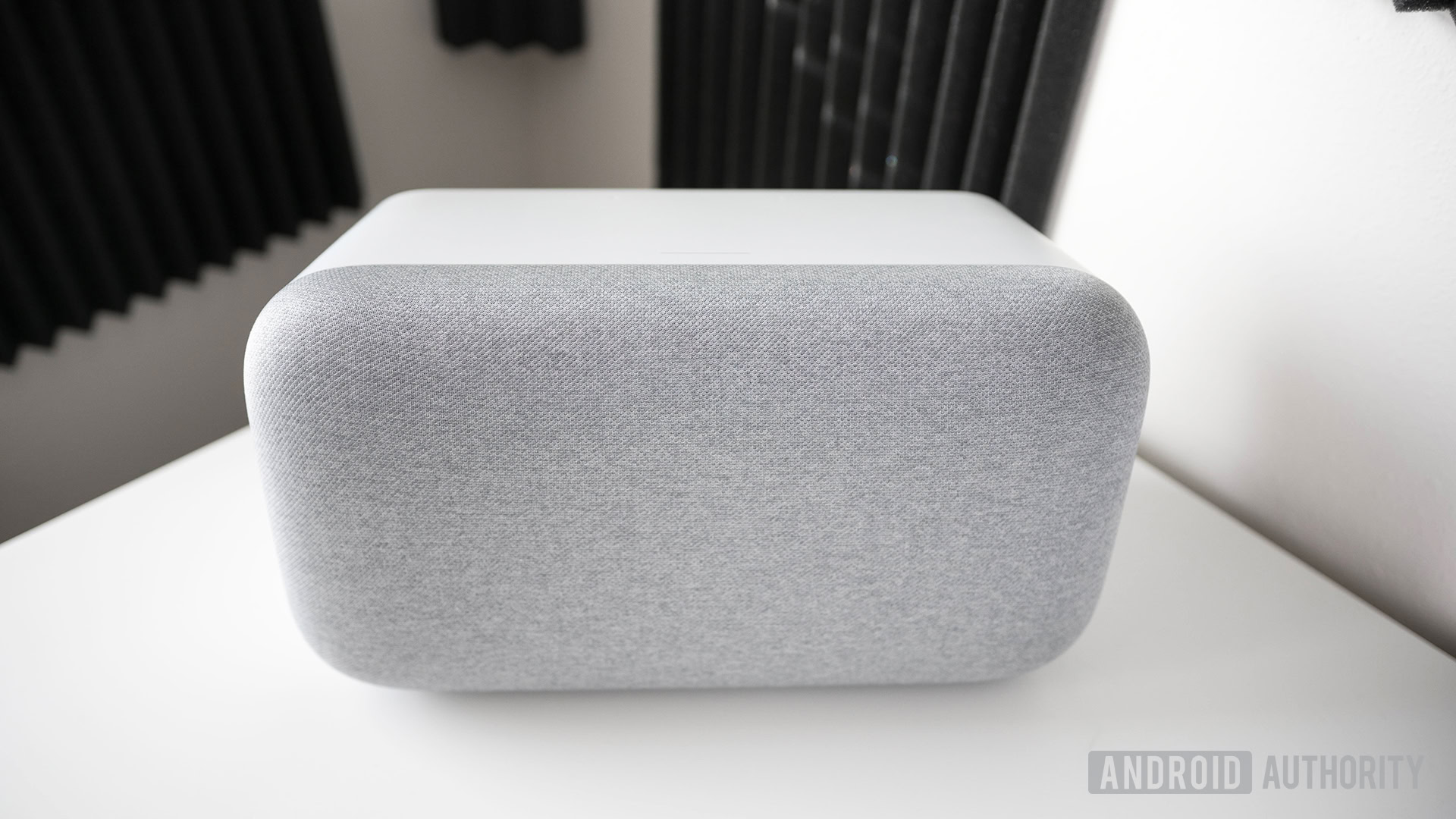
The demo played “Happy” by Pharrell Williams at a loud volume, and Qualcomm’s lab testers showed us how they could still trigger the assistant with the hotword, even if the speaker system was cranked all the way up. This was actually quite impressive, and based on the time we’ve spent with the Google Home and Echo devices, we would agree that it recognized voices much faster and more often, especially while playing music.
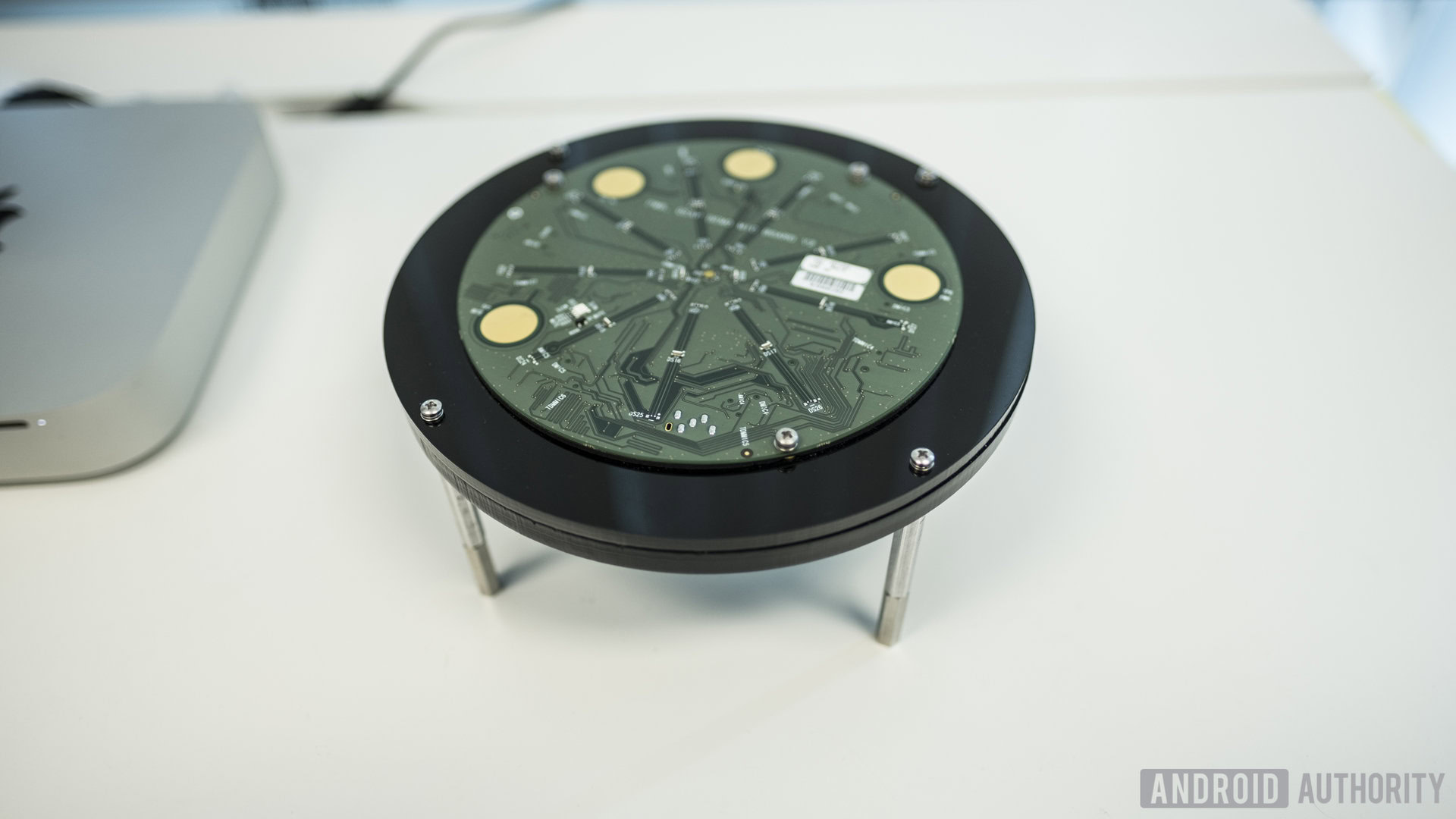
Qualcomm’s demo was so popular with Amazon that the retailer started selling Qualcomm’s development board on the Alexa development website, where you can pick one up for $1,250. While that might seem like a lot of money, the ability to test your smart speaker on a state-of-the-art far-field microphone array means developing your smart speaker will be much easier.
It's clear Qualcomm is helping to lead the way in home automation and beyond.
We’re hoping to see this technology implemented into many more products down the line, as it’s clear Qualcomm is helping to lead the way in home automation and beyond.
Directional audio
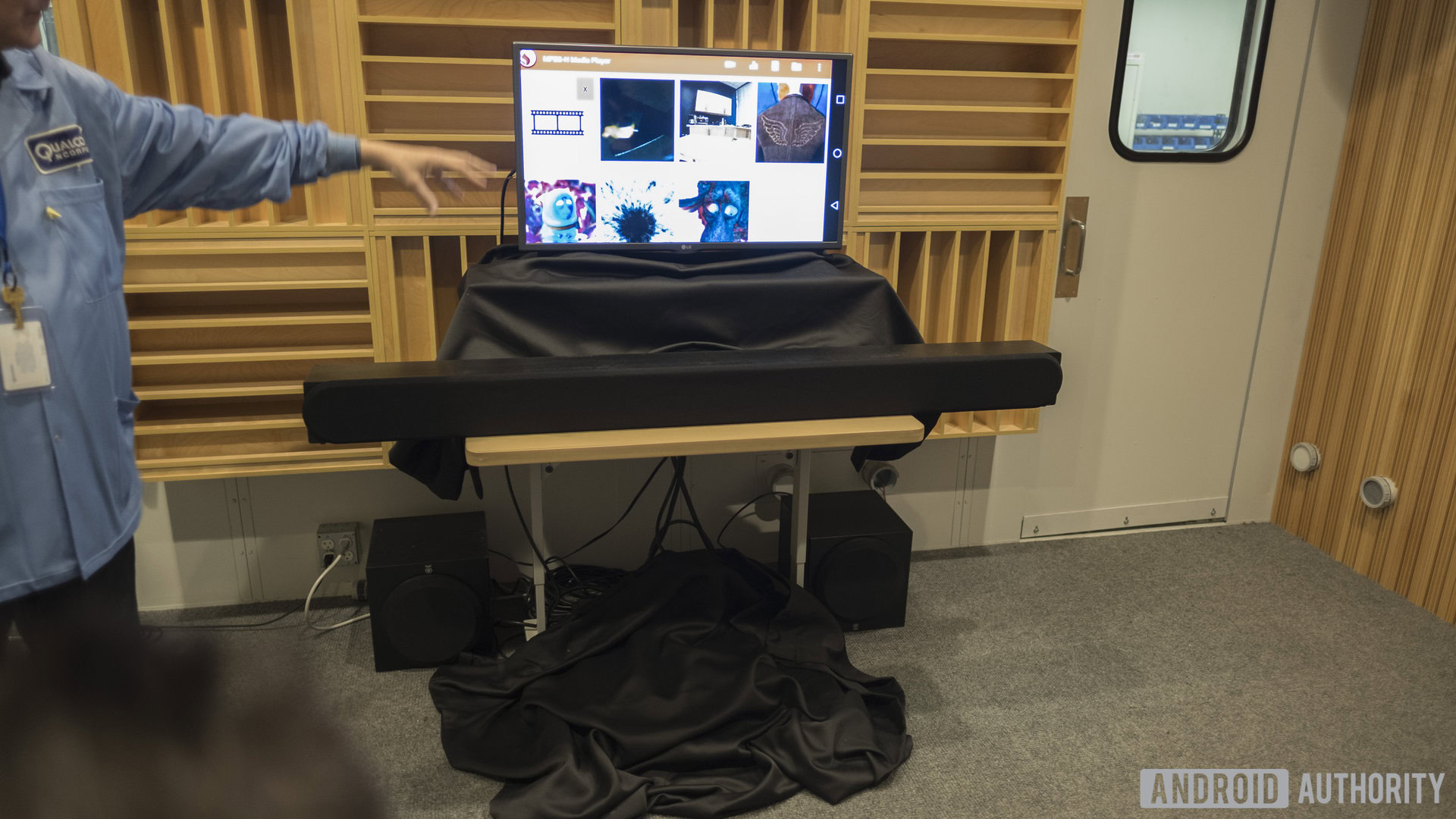
Smart speakers aren’t the only products that will be powered by a Snapdragon chip in 2018. Qualcomm showed off a sound bar that houses the 845, enabling new experiences like directional audio that makes you feel much more immersed in the content you’re watching. A variety of movie trailers were shown as we sat in front of a long sound bar, and it was a truly immersive experience. If you’ve ever heard the term “3D audio,” this is probably the closest thing to it.
The technology Qualcomm uses takes multiple channels of audio and compresses it down into just a few, though you still get most of that information housed in your file. This way, any headphones or speakers will be able to take advantage of the surround-sound experience without the need for specialized hardware.
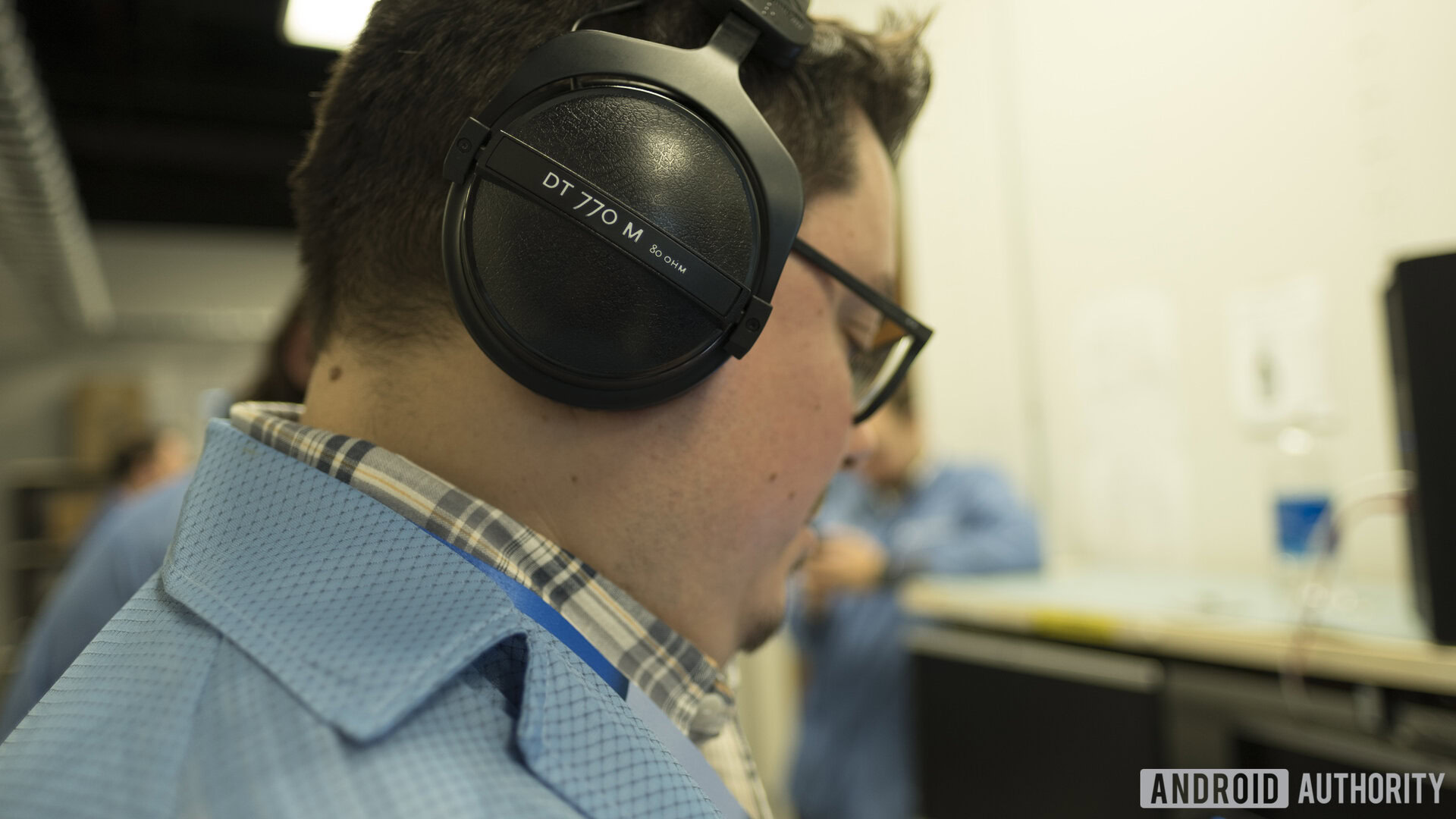
Qualcomm also showed us an interesting application of this where a 3D sound capture device was placed on the field during marching band practice, giving viewers the ability to tap the screen and hear what a specific instrument was playing at any given time. This gives viewers the power to isolate sound from very specific parts of a video in 3D space.
This technology would be particularly helpful in concerts, where viewers could potentially listen to their favorite instrument while others were suppressed.
Remember, this is all powered by the Snapdragon 845, a tiny SoC. The chipset runs on very low power and is quite efficient, so it should be easy for manufacturers to begin and implement chips like the 845 into their products over the next year or so.
Smartphone audio
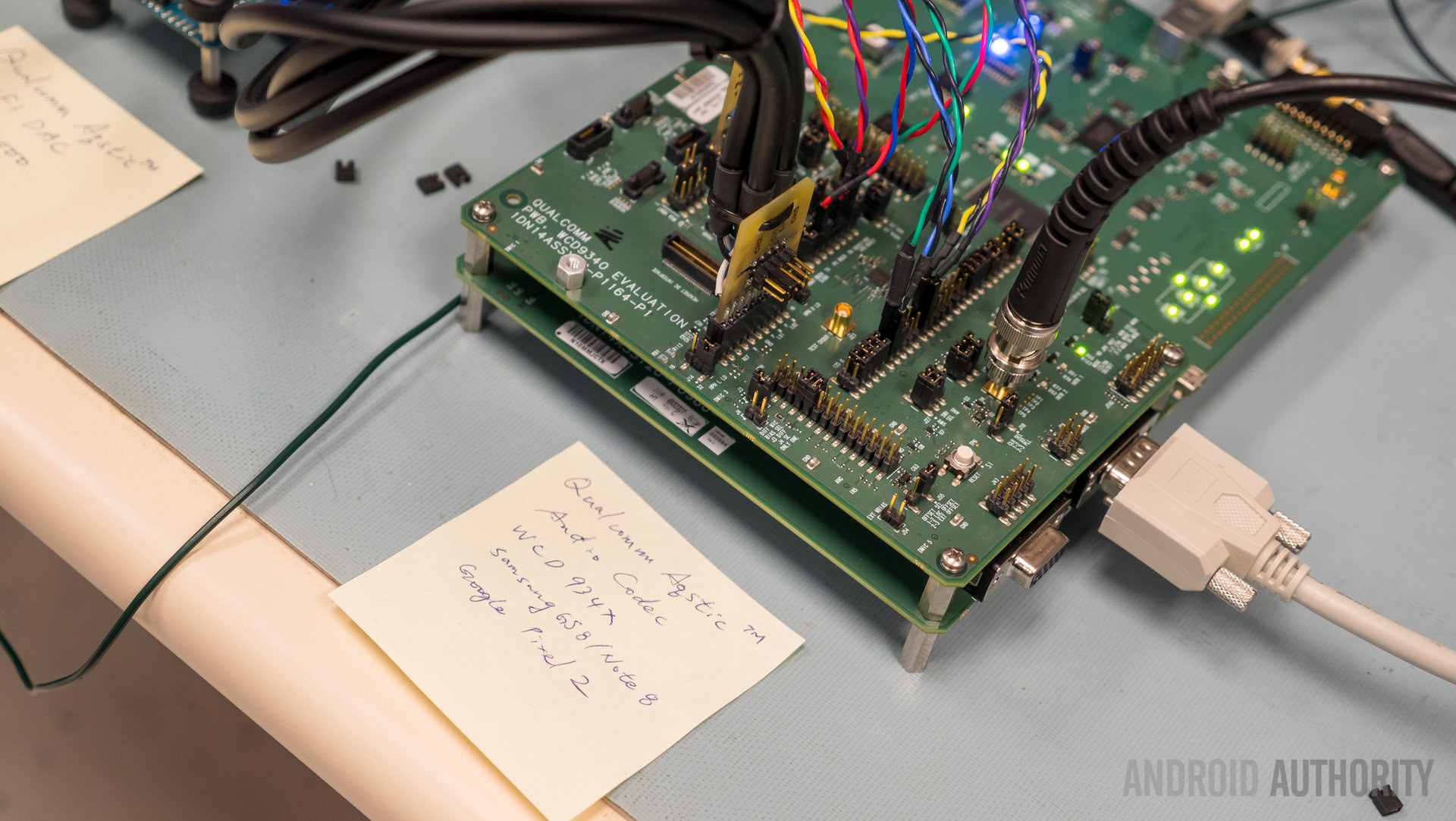
We also took a look at the audio chip and codec included in the Snapdragon 845. You may have already experienced this for yourself if you own a recent Android flagship like the Pixel 2 or Galaxy Note 8.
This codec is called Acustiq, and is extensively tested to ensure it offers the best possible audio quality. Qualcomm’s engineers test the codec with extremely expensive audio testing equipment, which deals with different measurements like noise floors.
The picture above shows a rigged-up DAC that’s incredibly small, which you can see in greater detail in the picture below. The tiny chip is what processes all the audio in many flagship phones, though the demo presenters made sure to mention the growing trend of headphone jack omissions. Qualcomm is trying its best to provide a solution as small as this chip that can not only be included in any smartphone, but also any USB adapter. This is a great way of making up for the lack of a headphone jack, as it would ensure the adapter would be able to drive high-quality headphones.
This is similar to the Razer Phone and its DAC-enabled adapter, which was coincidentally created with some of Qualcomm’s consultation.
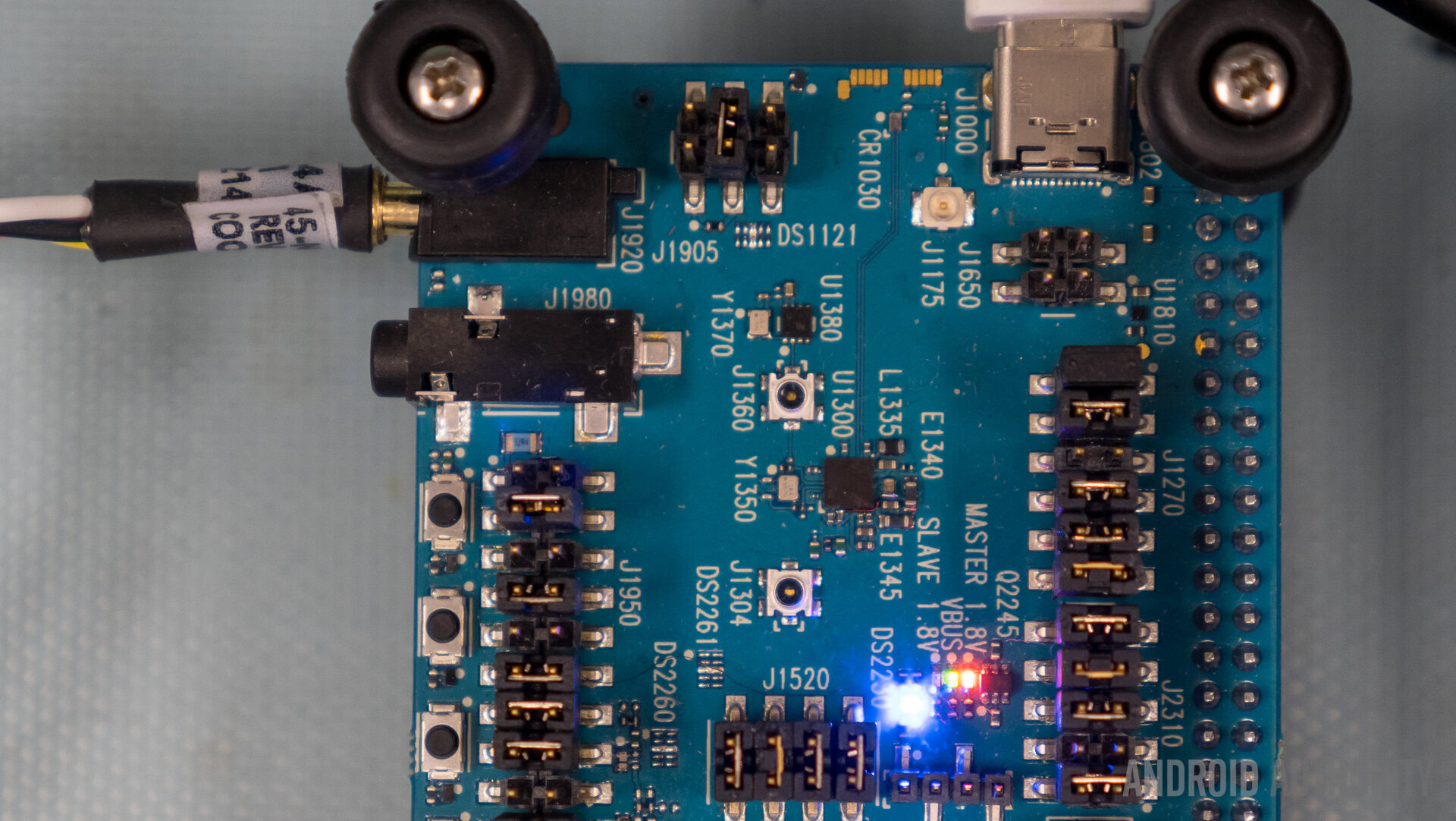
Qualcomm utilizes something called an anechoic chamber — a room meant to remove all forms of noise, inside and out of the area. Thick walls and padding surround the inside of the room, which not only blocks outside noise from creeping in, but also dampens any noise made inside the room. The decibel level of the room is around 6 to 9 db, which is very close to the noise floor of typical human ears. This allows the company to test phone microphones and their ability to pick up a user’s voice despite environmental noise. Testers feed audio through the room’s speakers and use the mannequin model to test the ability of the phone to cut through it.
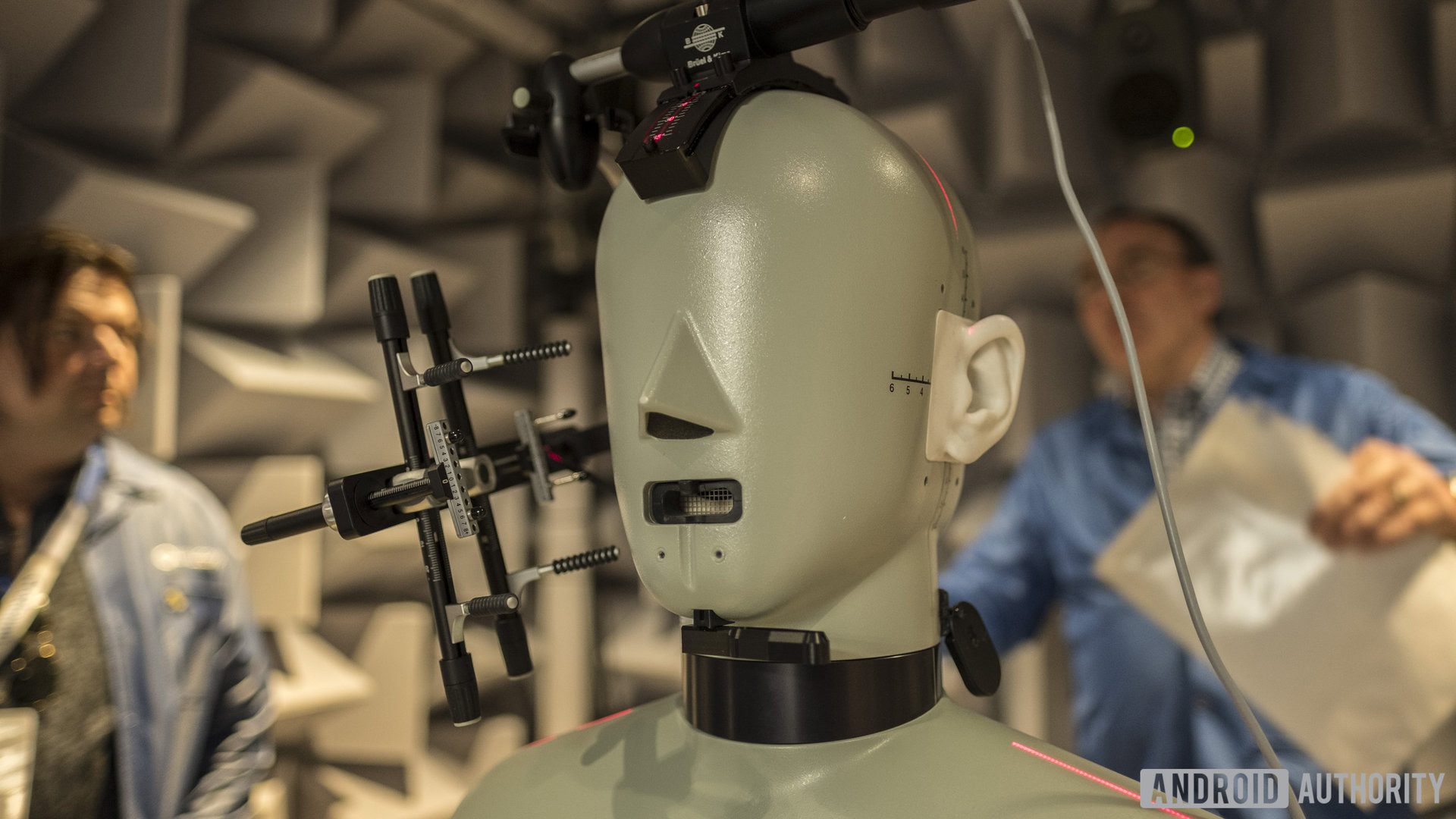
These rooms make some people feel uncomfortable due to the complete silence. You can hear your heartbeat more clearly, for example, and a constant ringing in one’s ears could throw some off their equilibrium.
VR
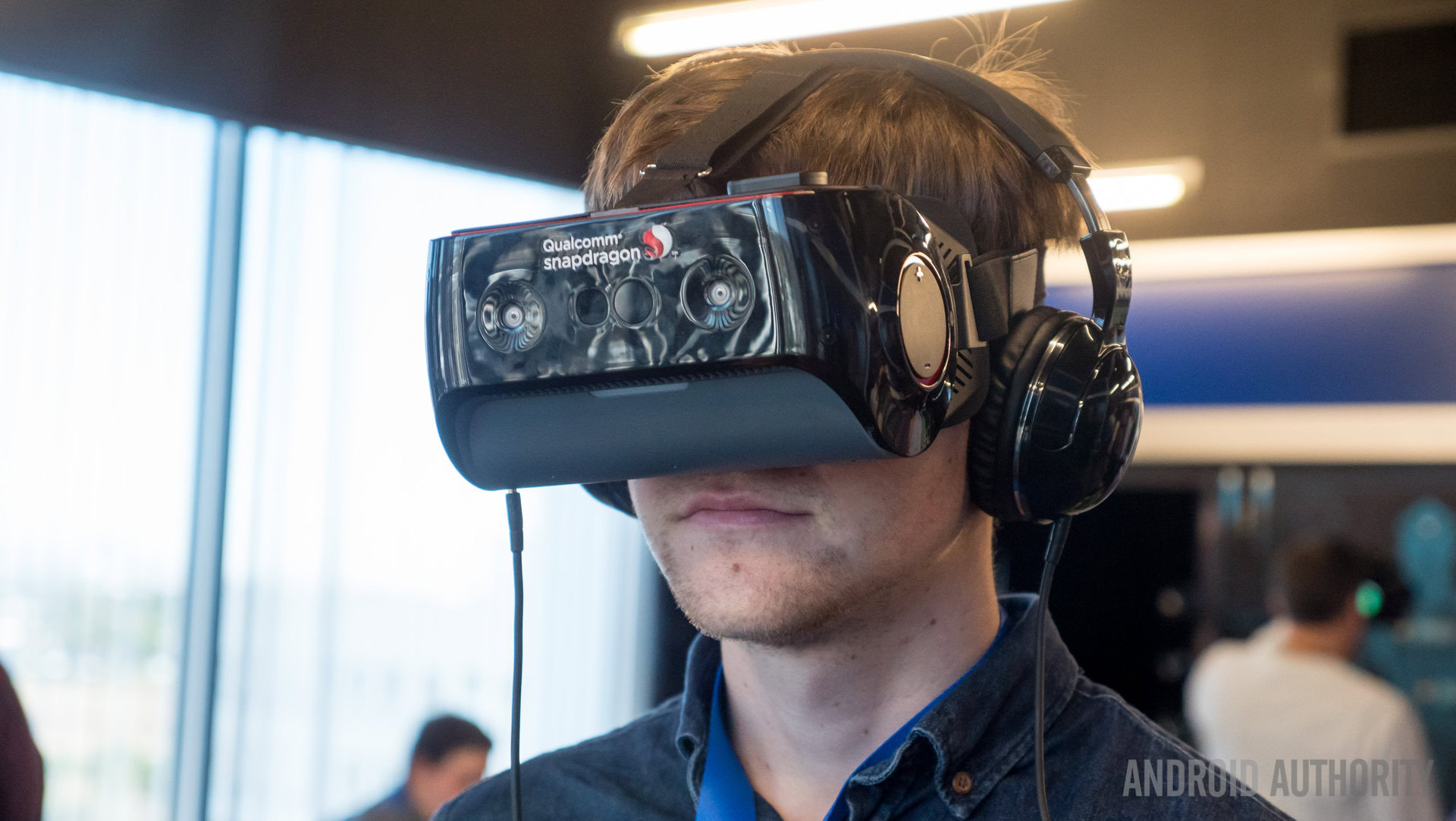
It seems like Qualcomm brings out a VR demo to showcase every new chip it releases, and this year was no different. This time, though, the demo was housed in a standalone headset instead of a headset powered by a smartphone. We’ve seen companies like Oculus and HTCannounce standalone VR headsets in the past year, but none of them use the new Snapdragon 845, which can handle these applications much smoother.
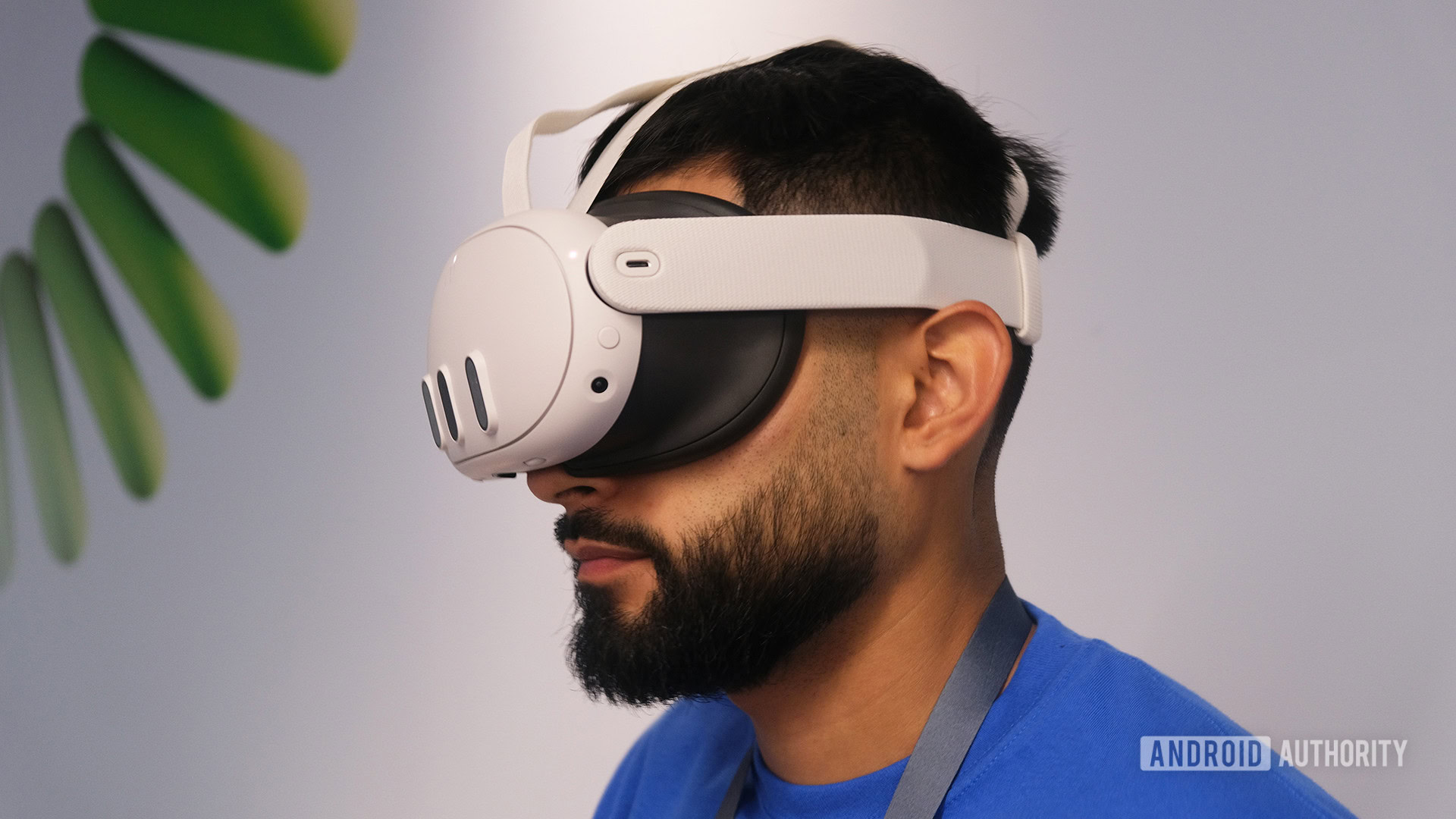
The demonstration involved blasting space bugs after a short tour of a rocket ship. I must say — this is one of the better mobile VR experiences I’ve ever… experienced. The tracking with the included controller was smooth and lag-free, and I felt like my aim was more accurate compared to other VR experiences. The fidelity of the graphics and smoothness of the gameplay was better than any Snapdragon 835 demos I’ve experienced.

Qualcomm didn’t mention if it plans on releasing its own headset to consumers, though we can expect to see the 845 chip in a number of other OEMs’ VR headsets later this year. Now, it’s worth noting that this is still a noticeable step down in quality from the HTCVive or Oculus Rift, but it’s still great for a standalone mobile option.
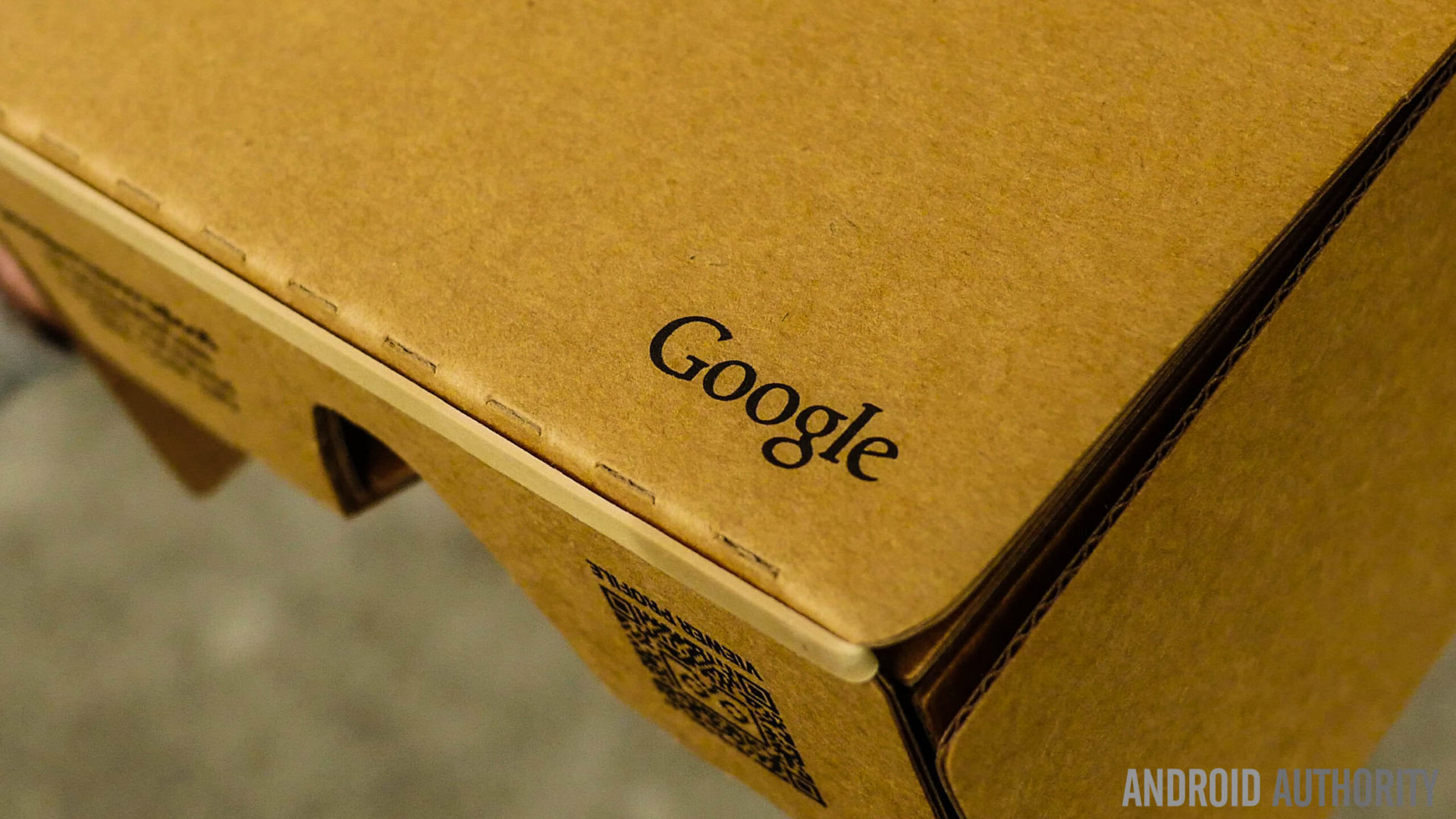
These demos were specifically designed to show off what the Snapdragon 845 could do, and each one was very well executed. We have no doubt that the chipset will be able to provide a wonderful experience no matter what smartphone it’s in, though it’s up to OEMs to properly tune the rest of the experience.